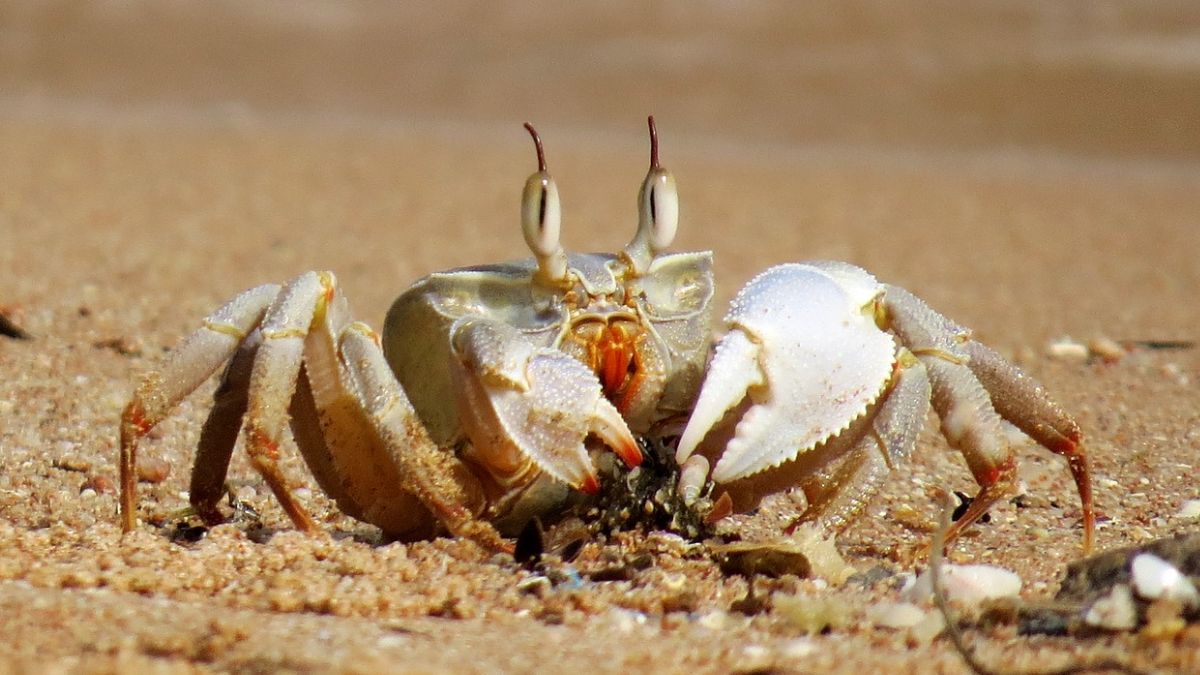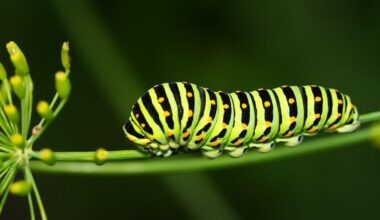Crabs are fascinating creatures that inhabit various aquatic environments around the world, from the ocean floor to freshwater rivers and estuaries. With their unique anatomy, behaviors, and adaptations, crabs have captured the curiosity of scientists and nature enthusiasts alike. In this article, we’ll explore 10 fun facts about crabs that showcase their diversity and intrigue.
Crab Diversity
Crabs belong to the order Decapoda, which means “ten feet.” There are over 6,800 species of crabs found in oceans, freshwater habitats, and on land, making them one of the most diverse groups of crustaceans.
Exoskeleton Protection
Like all crustaceans, crabs have an exoskeleton made of chitin, a tough, protective outer layer that covers their bodies. This exoskeleton provides support and protection from predators, allowing crabs to thrive in various habitats.

Walking Sideways
One of the most distinctive features of crabs is their sideways walking motion. Crabs have specialized joints in their legs that allow them to move sideways with ease, a unique adaptation that helps them navigate rocky terrain and evade predators.
Regeneration Abilities
Crabs have remarkable regenerative abilities, allowing them to regenerate lost limbs and body parts over time. If a crab loses a claw or leg in a fight or accident, it can gradually grow back through a process called molting, where the crab sheds its exoskeleton and forms a new one.
Hermit Crabs’ Shell Homes
Hermit crabs are famous for their habit of using empty seashells as portable homes. These crustaceans have soft, asymmetrical abdomens that they protect by occupying abandoned snail shells. As the hermit crab grows, it must find larger shells to accommodate its increasing size.

Crab Communication
Crabs communicate with each other through a combination of visual signals, such as body language and color changes, and chemical signals released from glands located on their bodies. These signals help crabs establish dominance, attract mates, and coordinate group behaviors.
Omnivorous Diet
Crabs are opportunistic feeders with omnivorous diets, meaning they eat both plant and animal matter. Depending on their species and habitat, crabs may consume algae, plankton, small fish, mollusks, detritus, and even carrion.
Migratory Behavior
Some species of crabs exhibit migratory behavior, traveling long distances between breeding and feeding grounds. For example, the Christmas Island red crab (Gecarcoidea natalis) undertakes an annual mass migration from the forests to the coast to spawn, a spectacle that attracts tourists from around the world.

Deep-Sea Dwellers
Crabs inhabit a wide range of marine environments, including deep-sea trenches and hydrothermal vents. Deep-sea crabs have adapted to extreme pressures, darkness, and temperatures by developing unique physiological and behavioral traits suited to their environment.
Symbolism and Cultural Significance
Crabs have been depicted in art, literature, and mythology for centuries and hold cultural significance in many societies. In Chinese culture, the crab symbolizes prosperity, happiness, and protection, while in some Native American traditions, the crab represents wisdom, adaptability, and resourcefulness.
Crabs are fascinating creatures with a rich diversity of species, behaviors, and adaptations. From their sideways walking motion to their regenerative abilities and migratory behavior, crabs continue to captivate our imagination and curiosity. By learning more about these intriguing crustaceans, we can gain a deeper appreciation for the wonders of the natural world and the importance of preserving their habitats for future generations.










